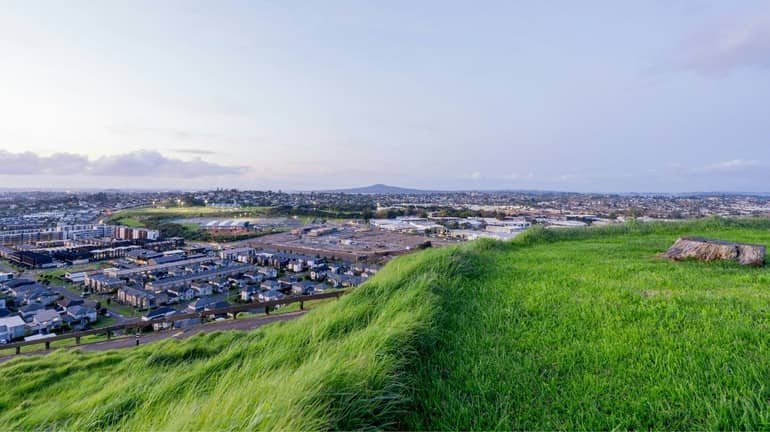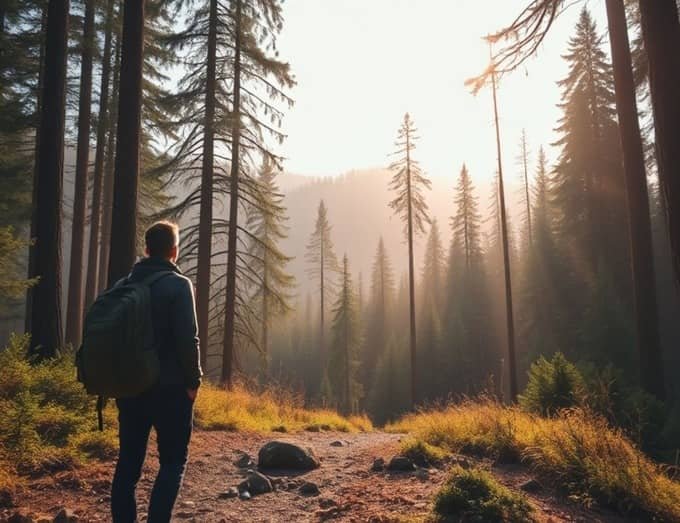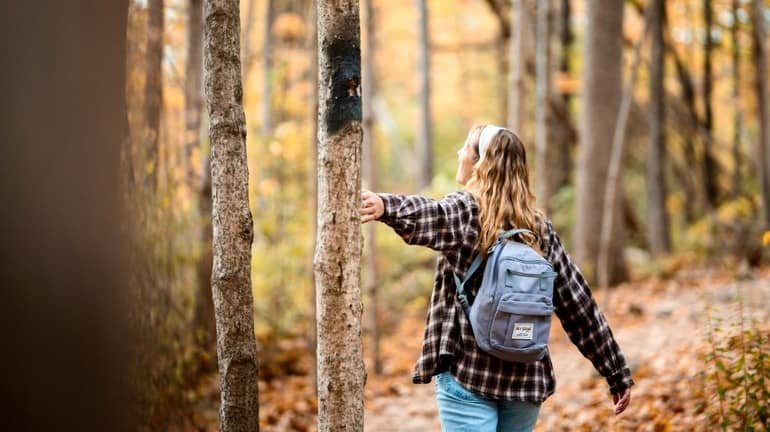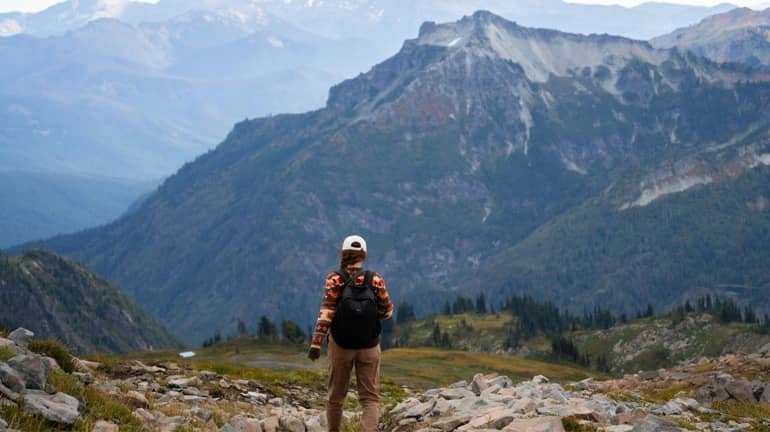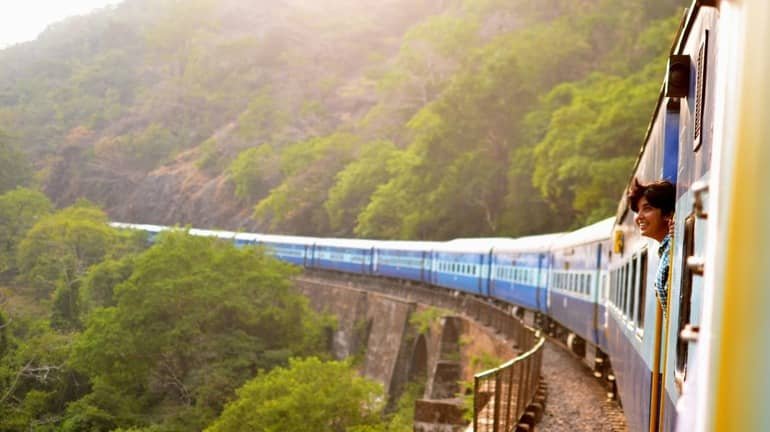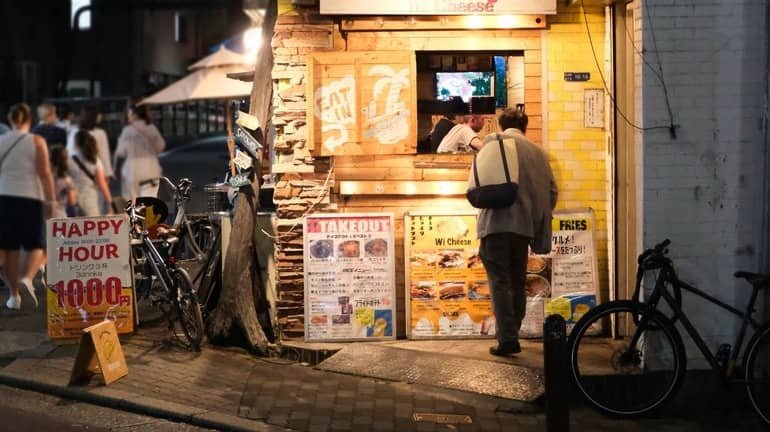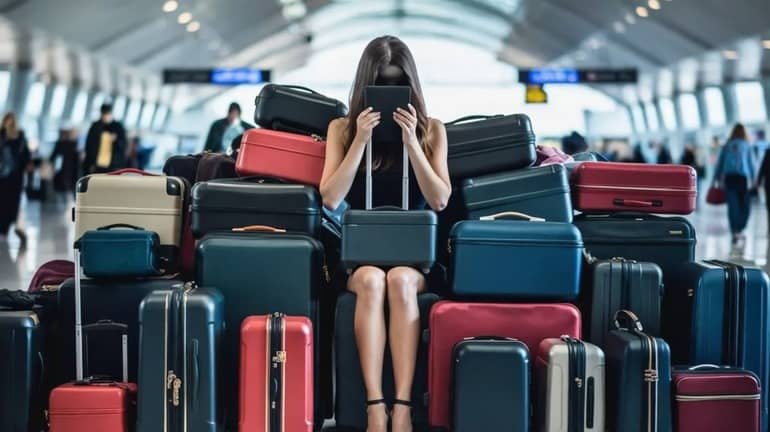The world today seems to hurry from place to place, but the very word ‘travel’ reminds one that to travel means to experience something and not to race. The name says it all: slow travel is basically taking your time and truly savouring the journey.
It is a way of looking at the world in much more interest and on a personal note, without all the pressure of ticking off each and every touristy place on the check list. Instead of trying to cram as many places into one single, short journey, slow travelling allows you to stay in one place for longer and to really connect with the local culture, people, and environment.
I was somewhat sceptical the first time I heard about slow travelling. I thought, “Isn’t the point of travel to see as much as possible?” But after trying it out, I realized there was so much more to be gained from staying in one place and truly immersing yourself in it. If you’re tired of mad rushes on holiday and want to get something more fulfilling from your travels, then slow travel may just be what you need.

What is Slow Travel?
Slow travel is more than simply going at a slow pace or visiting fewer places. It is a mindset. A way of approaching travel that emphasizes quality over quantity. Rather than trying to see as many cities or countries as possible on a single trip, slow travel seeks depth and substance. It’s about the ways in which the individual keeps in touch in some meaningful way with those places they visit, be it by meeting locals, learning the language, or simply taking the time to soak in the atmosphere.
Stay in one location for longer: As opposed to city-hopping, slow travellers will decide to stay in one location for extended time. In this way, they get to know the area better and more intimately and live with a locale.
Travel like a local: Unlike the average tourist, slow travellers try to avoid using taxis or tour buses. The best option is to use local transportation, cycle, or walk in order to experience those things which most tourists fail to catch a glimpse of during their trip. Public transport is also something to consider if you’re embarking on a solo travel adventure.
Experiences over sights: Slow travel is not a tick in the landmarks of your “to-see” checklists or, for that matter, taking pictures of all the monuments. It’s about experiences along the way, conversations with people, food tasted, and chance discovery.
So, I decided on one of my trips to Italy that I wasn’t going to try to do multiple cities, but instead would stay in Florence for a couple of weeks.
I walked the streets, found my favourite cafes, and even picked up a few Italian phrases. Of course, being terrible at language learning, I’ve forgotten them now. By the end of my stay, I knew the city in a way I truly wouldn’t have if I’d only spent a day or two there.
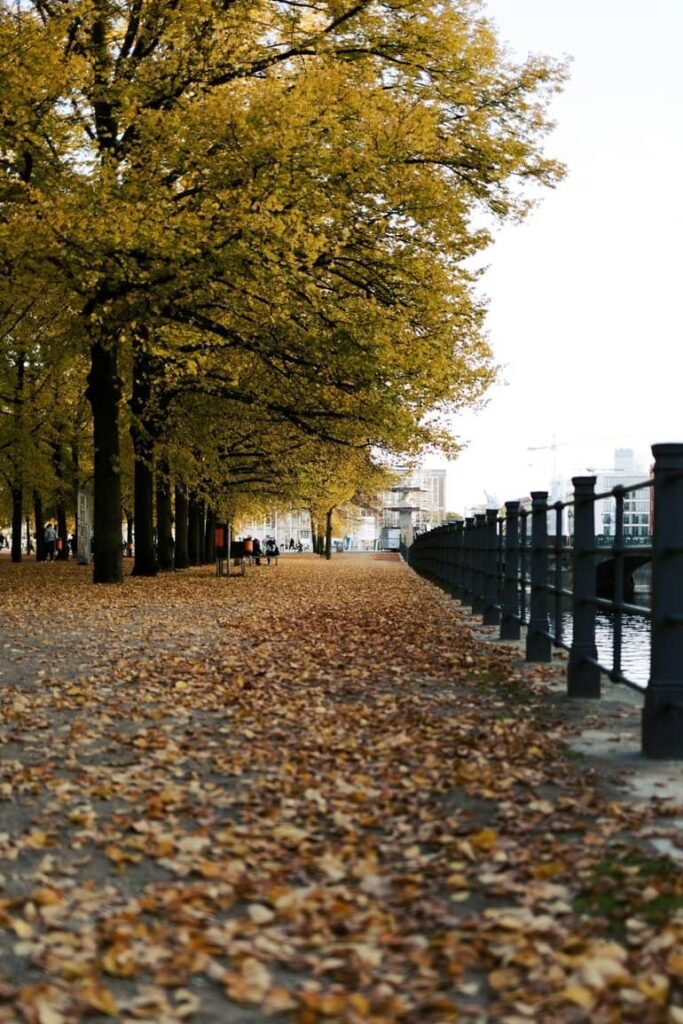
Why Choose Slow Travel?
There can at least be hundreds of reasons to adapt to the process of travelling slowly travelling. Other than keeping away the stress of running between places, it is a better way to reward oneself on a journey.
Less stress, more fun: Unlike in slow travel, you are not trying to stuff as many activities as possible in one day. You can take your time, enjoy the moment, and really relax. This eliminates any kind of travel stress and gives you room to actually appreciate what’s around you.
Stronger connections: The longer you stay in one place, the better you get to know locals. You can befriend the owner of your favourite café or strike up a friendship with your Airbnb host. These connections make your travel experience more personal and memorable.
Better for the environment: This is because flying from one destination to the next is said to pollute the air severely. Slow travel is seen as more of a greener way of seeing the world because most of the time, it involves staying in a region and making use of local transport.
Cultural Immersion: The longer you stay in one place, the more you are not just a visitor but part of the local rhythm. You get to attend the local events, try all the food, and even take classes on the tradition and way of life for that area.
During a 2 week stay in Lisbon I discovered the magic of slow travel first-hand. I stayed in different hostels within the heart of the city, shopped at the local markets and attending neighbourhood festivals. I got to know some of the locals after seeing them on a daily basis. This is an experience I never could have had on a traditional tourist trip.
How to Practice Slow Travel
If you finally get ready to give slow travel a try, then it is very important to approach it with the right mindset. How do you make something like this worth your time and investment?
Picking the right destination: Embracing slow travel transforms trips into meaningful journeys with authentic interactions. Find destinations that offer cultural immersion and plenty to uncover over time. Choose places that resonate with you personally, whether through culture, nature, or history. Examples include coastal towns, rural villages, and small cities, mostly considered ideal to be visiting for slow travelling. Choose Less touristy spots often offer a more intimate, genuine view of local life.
Find local accommodation: Instead of staying in a hotel, find an apartment to rent or a guest-house. You then can live more like a local and often find more genuine experiences.
Get involved in the community: Whether through the local markets, events, or festivals; all those certainly highlight the place’s best assets. If you want to, you may ask locals or ask for recommendations about anything. You will be surprised at how people are usually more than happy to share with you their favourite spots or invite you to something special.
Appreciate the slowness: Slow travel has something to do with letting go of the compulsion continuously to do or see something. Take time for wandering, getting lost, and getting the feel of where you are. Often, the most memorable experiences are the ones that you happen upon, rather than what you find after doing informed research.
Learn something new: Take a cooking class, learn a new language, or try your hand at a local craft to spend your time acquiring a new skill or deepening your knowledge of the culture.
Staying in Bali I would take up a cooking class in Legian. This was the last thing on my mind, but talking to locals, I decided to give it a go. Indeed, it was one of the best experiences during this trip, and for sure learnt some culinary secrets of Indonesian cuisine.
Slow Travel for Solo Travellers
While solo travel has its own kind of experience, slow travelling is raising the ante. When you travel alone, you are the only one in control of the pace of things happening around you: your schedule, what is more and less important. All this makes slow travel an ideal choice for the solo adventurist.
Time for reflection: The time for reflection perhaps counts among the biggest positive sides of slow travelling. Be it sitting in a cafe, writing in your journal, or walking/hiking in the countryside, the slow travel option offers ample introspective opportunities.
Make new friends: If you solo travel, it can be much easier for you to meet new people. Not having any companions around you, you get more in touch with locals and travellers alike. There are often backpackers doing the exact same thing you are.
Confidence boost: Travelling solo at a slower pace builds confidence about being in new environments. It allows the time and space needed to become more independent, gain confidence, and learn to trust your instincts.
I took to travelling on my own for two weeks through the countryside of France, staying in small villages, and getting to know the locals. It was a little daunting at first, but with days passing, it felt more like home. Toward the end of the trip, I had friendships that I never expected and I did feel so much more confident in my ability to travel alone.

Slow Travel for Families
It is very important to note that slow travel is not just for solo travellers or couples, but it’s also a brilliant way for families to see the world together. It makes family holidays more enjoyable and less stressful for all when one travels at a slower pace, as they have more time for bonding. You get much more time for bonding when you are not rushing around doing this and then that. It really encourages deep conversations and shared experiences.
More Relaxed: Of course, travelling with children can be chaotic, but it disappears into the ether when slowing down. You can take your sweet time with it; if the kids need to stop, you are not on such a deadline.
Educational experiences: Children remaining in one place longer learn more about the culture and environment. Slow travelling, be it through language, food, or nature, is an educational experience.

Best Destinations for Slow Travellers
To those who would want to embrace the concept of slow travel, destination is paramount. Ideal locations encourage deeper cultural exchanges and allow travellers to immerse themselves in the local way of life. Here are some top destinations that invite a more leisurely exploration.
Andalucia, Spain: The reason slow travellers will love Andalucia is not only because of its warm climate and brilliant architecture but equally for the depth of its history. Cities such as Seville and Malaga invite visitors to meander through narrow streets, discover hidden plazas, and participate in local celebrations. The slower pace is further enhanced by the region’s food offerings like tapas, which are best enjoyed leisurely.
Kyoto, Japan: This would be the epitome of mindful exploration with its serene temples, traditional tea houses, and enchanting gardens. The ability to walk through Arashiyama Bamboo Grove or take part in a traditional tea ceremony lets travellers adopt the slowness usually associated with Japanese culture. This bustling city is about heritage and craftsmanship, therefore inviting longer lengths of stay and deeper interaction with the locals.
Tuscany, Italy: Tuscany is famous for its picturesque landscapes, its medieval towns, and for carrying wide food traditions. It was one of the perfect settings for slow travel. Sample wines from local vineyards, stroll through the picturesque villages of Pienza and Montalcino, and experience the culinary skills by attending a hands-on cooking class. Its charming landscape allows bike rides and long walks while taking in all the beauty of nature as well as the culture of the region.
Bali, Indonesia: My all time personal favourite destination. From yoga retreats, attending traditional ceremonies, eating your breakfast overlooking rice terraces in Ubud, it epitomizes slow travel with its verdant landscapes and serene atmosphere. These activities not only rejuvenate the traveller’s body and mind but also draw them closer to the heritage of the island.
These places represent the beauty of slow travel, where cultural immersion and thoughtful exploration add depth to the journey. Accordingly, travellers appreciate a deeper experience with the place when choosing locations that value depth over hastiness.
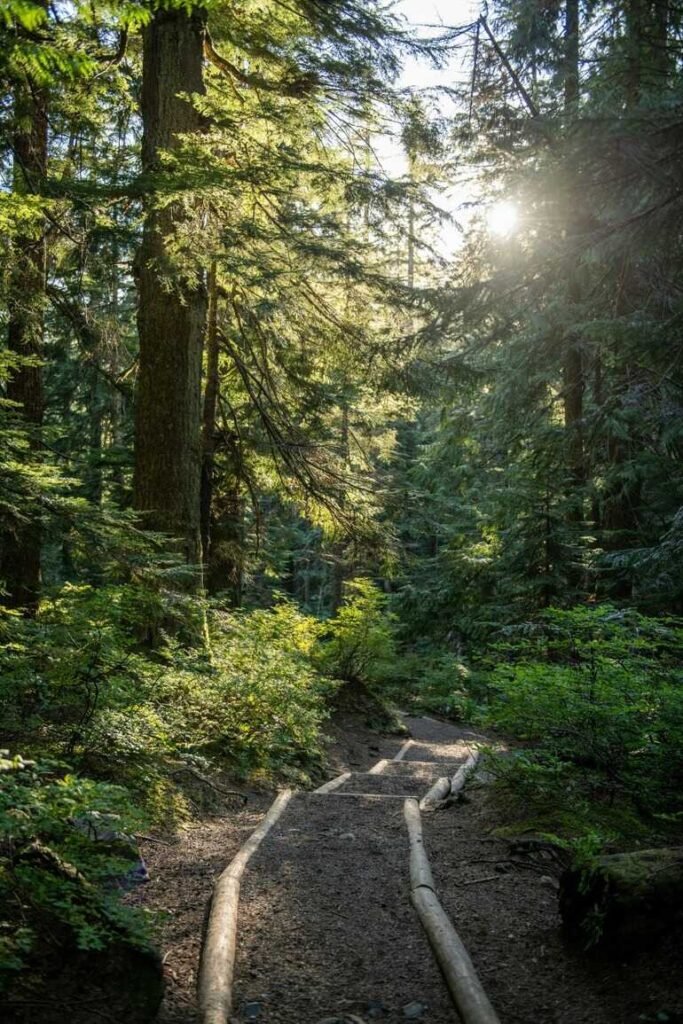
Conclusion: Slow Travel is the Future
Slow travel is more than a fad-it’s a state of mind. It is about travelling through the world with intention and real meaning, actually taking the time to really connect with your surroundings. Whether you’re backpacking solo, as part of a family, or as a couple seeking an adventure that’s a bit different, slow travel gives you a deeper feel for the destination.
As we enter a post-pandemic world, slow travel offers a framework for future tourism. Slow tourism preserves cultural heritage, and maintains ecological balance. By embracing slow travel, we can achieve fulfilling experiences and a more sustainable, equitable future for everyone in the tourism ecosystem.
Sustainable tourism shows how slow travel makes a difference. By spending more time in fewer places, travellers reduce over-tourism and ecological damage, support local economies, and enrich their own experiences. This shift pushes the tourism industry to adopt practices that involve the community and protect the environment.
So slow down, enjoy the journey, and you’ll soon come to realize that to travel is not to arrive but about how it makes you feel toward the world outside. Take the slow road next time you travel, you won’t be disappointed.

